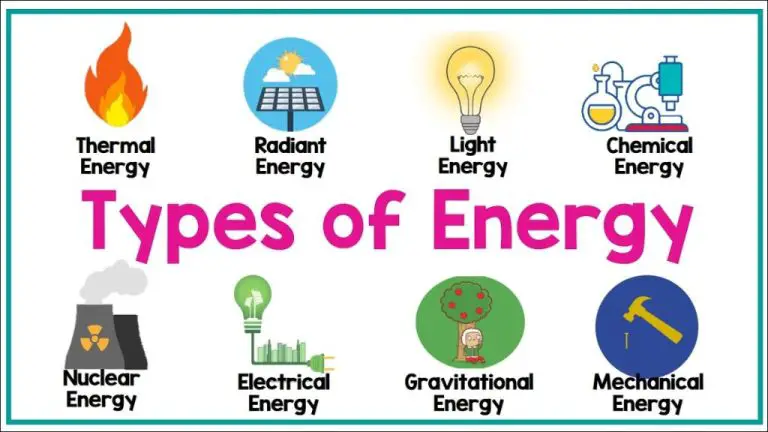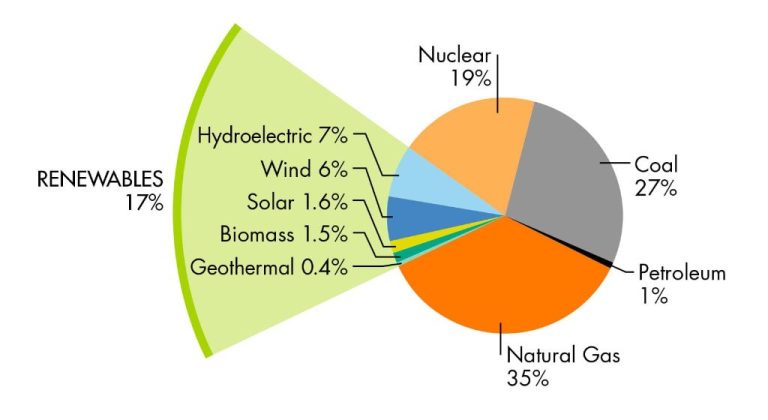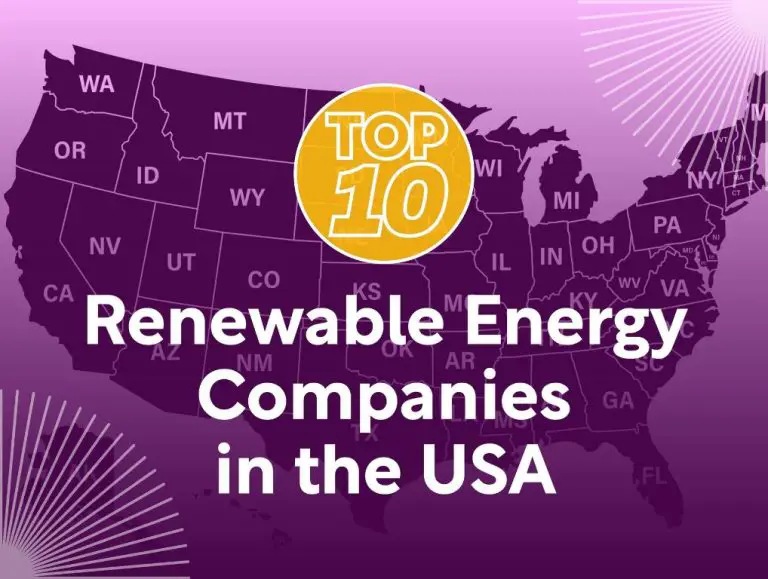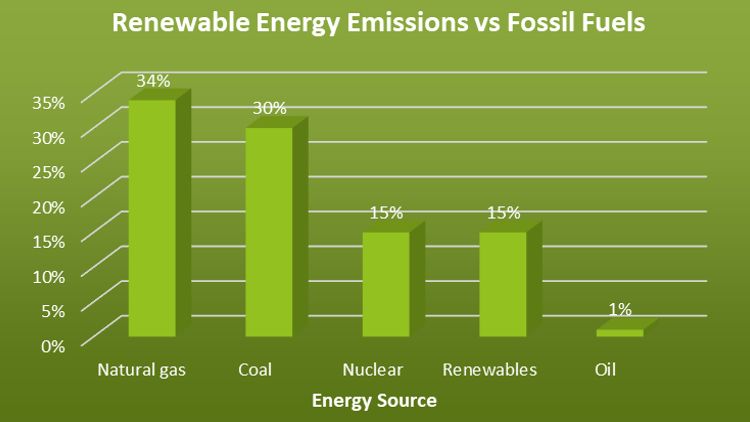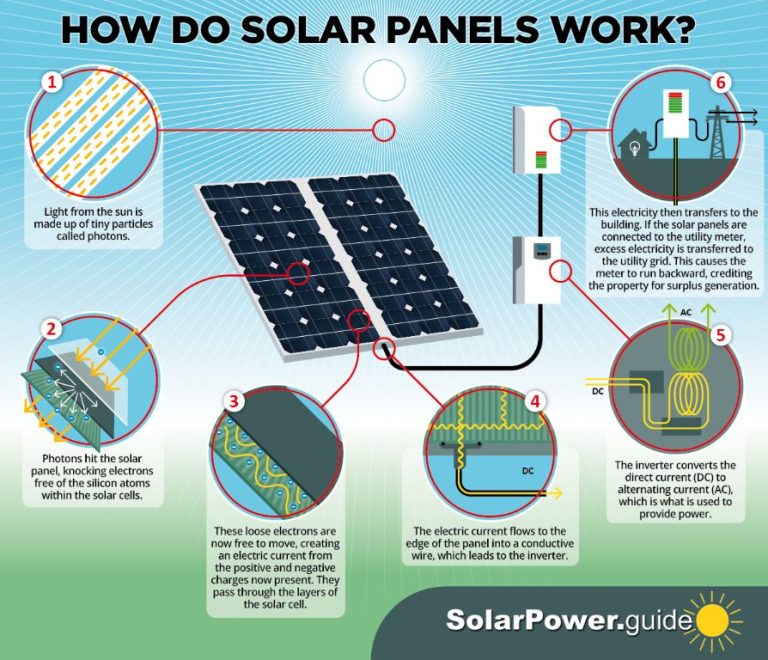Who Invented Solar Energy?
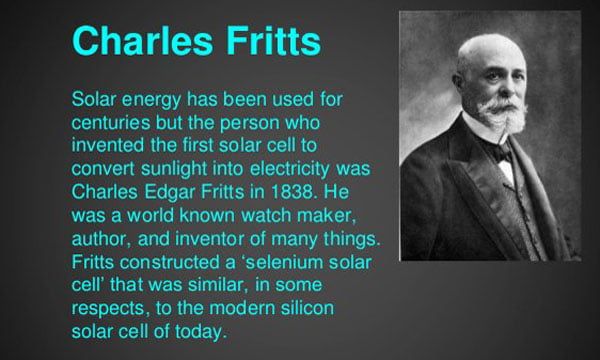
Solar energy refers to the conversion of sunlight into electricity using photovoltaic cells or the heating of fluids using concentrated solar power. This article will focus on providing a history of the key discoveries and developments that have enabled solar power to become a viable and growing source of renewable energy around the world today.
Early Research Into Solar Power
The concept of harnessing energy from the sun dates back to ancient times. As early as the 4th century B.C., Greeks and Romans used magnifying glasses to focus sunlight to ignite fires (History of Solar Energy at Arizona State University). In the 19th century, research into solar energy advanced further with experiments by Becquerel and others on the photovoltaic effect.
In 1839, French physicist Edmond Becquerel discovered the photovoltaic effect while experimenting with metal electrodes in electrolyte solutions. He found that certain materials would produce small amounts of electric current when exposed to light. Over the next several decades, researchers expanded on Becquerel’s experiments and gained greater understanding of semiconductors and the photovoltaic effect (Solar Energy Research Topics – PV, CSP & 6 Hybrid Systems).
In the 1860s, Augustin Mouchot built early solar-powered devices, including a printing press powered by focusing sunlight with mirrors. Mouchot went on to construct the first solar collector with integrated storage, allowing collected heat to be retained for later use (Support Services News). These pioneering efforts demonstrated the feasibility of solar power and paved the way for later breakthroughs.
The Photovoltaic Effect
The photovoltaic effect is the basic physical process that enables solar cells to convert sunlight into electricity. It was first noted by French physicist Alexandre-Edmond Becquerel in 1839, who found that certain materials would produce small amounts of electric current when exposed to light.
In 1905, Albert Einstein published a paper that helped explain the photovoltaic effect on a theoretical level. Einstein explained the photoelectric effect, whereby photons of light striking a metal surface cause electrons to be emitted. This built the foundation for understanding how light could generate electricity.
In 1953, Calvin Fuller, Gerald Pearson, and Daryl Chapin at Bell Labs created the first silicon photovoltaic cell capable of converting enough sunlight into power to run everyday electrical equipment. This marked a major milestone in making solar technology commercially viable.
The photovoltaic effect occurs when photons of sunlight strike a solar cell made of semi-conducting material, most commonly silicon. The energy is absorbed by the material, transferring energy to electrons and causing them to break free of their atomic bonds. The electrons can then be captured as an electric current. The photovoltaic effect is vital for enabling solar panels to convert sunlight into clean, renewable electricity.
Key innovations by researchers like Becquerel, Einstein, Fuller, Pearson and Chapin were fundamental in understanding and applying the photovoltaic effect to create the solar cells we have today.
Development of Silicon Solar Cells
In the 1950s, early development of silicon solar cells took place at Bell Telephone Laboratories and the University of Florida. In 1954, researchers Gerald Pearson, Daryl Chapin, and Calvin Fuller at Bell Labs created the first practical silicon solar cell with 6% efficiency (Takahashi). This paved the way for the use of silicon as the semiconductor material for photovoltaic devices. In 1958, solar cells were produced with 9% efficiency by Hoffman Electronics. At the University of Florida, Martin Wolf and Horace Byers produced 10% efficient silicon solar cells in 1958 (Ponken). Their research showed the potential for higher efficiency solar cells.
These early silicon solar cell devices were very expensive to produce, limiting their commercial viability. However, the launches of satellites starting in the late 1950s created a market for solar cells to power space vehicles. This drove continued research and development to improve silicon solar cell efficiency and lower production costs.
NASA and Satellite Use
In the 1950s and 1960s, NASA played a key role in advancing solar technology for use in space. In 1958, the Vanguard 1 satellite became the first artificial satellite powered by solar cells to orbit the Earth (Source). These early solar cells, made of silicon, converted sunlight into electrical power to run the satellite’s radios and instruments. This paved the way for widespread solar power use in subsequent NASA missions.
Through the 1960s, NASA worked to improve solar cell efficiency and performance to power spacecraft. In the early 1960s, Telstar 1, the first commercial communications satellite, was launched with solar arrays designed by Bell Labs that could convert 10-12% of the sun’s energy into power (Source). NASA missions pushed for even higher efficiency solar cells.
By the late 1960s, NASA used improved silicon solar cells on missions like the Orbiting Astronomical Observatory 2. On Apollo space missions starting in 1968, silicon solar arrays provided vital power for life support, communications, and experiments on the lunar modules (Source). Thus NASA’s needs drove rapid solar technology advances in the space age.
Commercial Success
The 1970s energy crisis and resulting high oil prices sparked intense research and development into alternative energy sources like solar power. The National Science Foundation provided funding for solar research, and tax credits were introduced to encourage solar installations. This led to early commercial success for the solar industry, with over 60 solar companies formed and $500 million in sales by 1974 (SOLAR BUSINESS HAS COOLED OFF SINCE HEYDAY …). Sales continued growing in the late 1970s. However, when oil prices started falling in the 1980s, so did government subsidies and tax incentives, leading to an industry shakeout.
Recent Advances
In recent decades, there have been significant advances in solar cell technology that have dramatically increased efficiency and lowered costs [1]. Key areas of progress include improvements in materials, manufacturing techniques, and panel designs.
One major advancement has been the development of perovskite solar cells. Perovskites are a class of materials that have excellent light absorbing properties and can be deposited in thin films using inexpensive techniques like inkjet printing [2]. Efficiencies of perovskite solar cells have increased from 3.8% in 2009 to over 25% today.
On the manufacturing side, companies have implemented better automation, precision engineering, and quality control. This has enabled high volume production with minimal defects and variation. New solar panel designs have incorporated more efficient solar cell interconnects and smarter tracking of the sun.
Taken together, these improvements have led to a dramatic decline in solar generation costs, making it increasingly competitive with fossil fuels. The Department of Energy has set cost targets of $0.03 per kWh for utility-scale solar by 2030.
Current Major Players
A number of major companies are driving innovation in solar technology today. Some of the key players include:
- SolarCity – Now a part of Tesla, SolarCity is one of the largest solar installation companies in the United States. They offer solar panel installation, financing, and services for homeowners.
- SunPower – SunPower manufactures high-efficiency solar panels for residential and commercial use. They have solar panel installations in a number of countries around the world.
- First Solar – First Solar focuses on manufacturing solar panels using cadmium telluride technology. They are one of the largest thin-film solar panel manufacturers.
- Canadian Solar – Founded in Canada but headquartered in China, Canadian Solar is one of the biggest solar module manufacturers in the world.
- JinkoSolar – A Chinese solar company that manufactures and sells solar panels globally. JinkoSolar is currently one of the largest solar panel suppliers in the world.
In addition to companies focused on solar panel manufacturing and installation, there are also a number of research institutions advancing solar technology, such as the National Renewable Energy Laboratory (NREL) in the United States, Fraunhofer Institute for Solar Energy Systems in Germany, and the Solar Energy Research Institute of Singapore (SERIS).
Applications Today
Solar energy is being used around the world today in a variety of applications. Some of the most common uses include:
Solar water heating systems which use solar thermal collectors to harness energy from the sun to heat water. This is one of the most widespread uses of solar energy globally. China, Turkey, and India are leaders in installed solar water heating capacity (Source).
Solar PV systems which convert sunlight directly into electricity using photovoltaic cells. Solar PV panels are increasingly being installed on rooftops of homes, commercial buildings, and solar farms to generate renewable electricity. Major markets today include China, Japan, Germany, and the United States (Source).
Concentrated solar power plants which use mirrors to concentrate sunlight to drive thermal electricity generation. Spain, South Africa, India, and the southwestern United States have major CSP plants in operation today (Source).
Solar lighting systems like solar street lights, solar home lighting systems, solar flashlights, and solar lanterns. These provide light without needing connection to an electricity grid. Solar lighting is important for remote and rural areas without electrification.
Solar water pumps for irrigation and drinking water. Solar pumps are an important application for agriculture and drinking water access in off-grid locations.
Solar drying technologies for agricultural products, fish, fruits, grains, etc. Solar dryers allow food preservation and income generation opportunities.
Solar cooking with solar cookers, solar ovens, and solar kettles. Solar thermal cooking saves fuel costs and limits environmental and health impacts of traditional cooking methods.
Future Outlook
The future of solar energy looks very promising. According to research from MIT, solar power could potentially provide 69% of electricity in the United States by 2050 1. As solar technology continues to improve in efficiency and cost declines, adoption is expected to grow exponentially. Some key trends for the future:
- Continued improvements in solar cell efficiency and energy storage technology.
- Emerging thin-film and multi-junction solar cells that can absorb more sunlight.
- Expanded large-scale solar power plants around the world.
- Advances in solar heating and cooling systems for buildings.
- Integration of solar power with electric vehicles and charging infrastructure.
- Solar power playing a major role in global efforts to reduce carbon emissions.
With the right policies and investments, solar power has the potential to be a primary source of renewable energy worldwide. Most experts are very optimistic about solar energy’s ability to meet rising electricity demand in a sustainable way.

